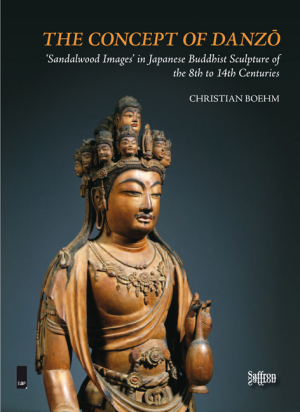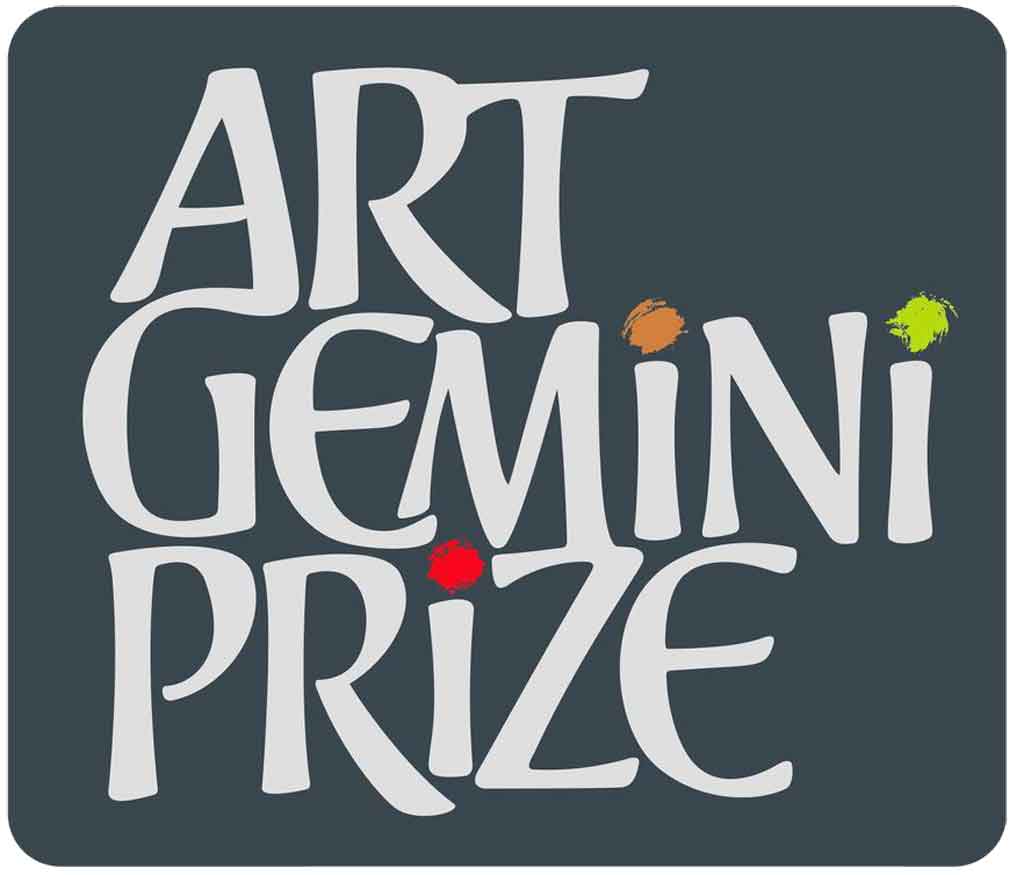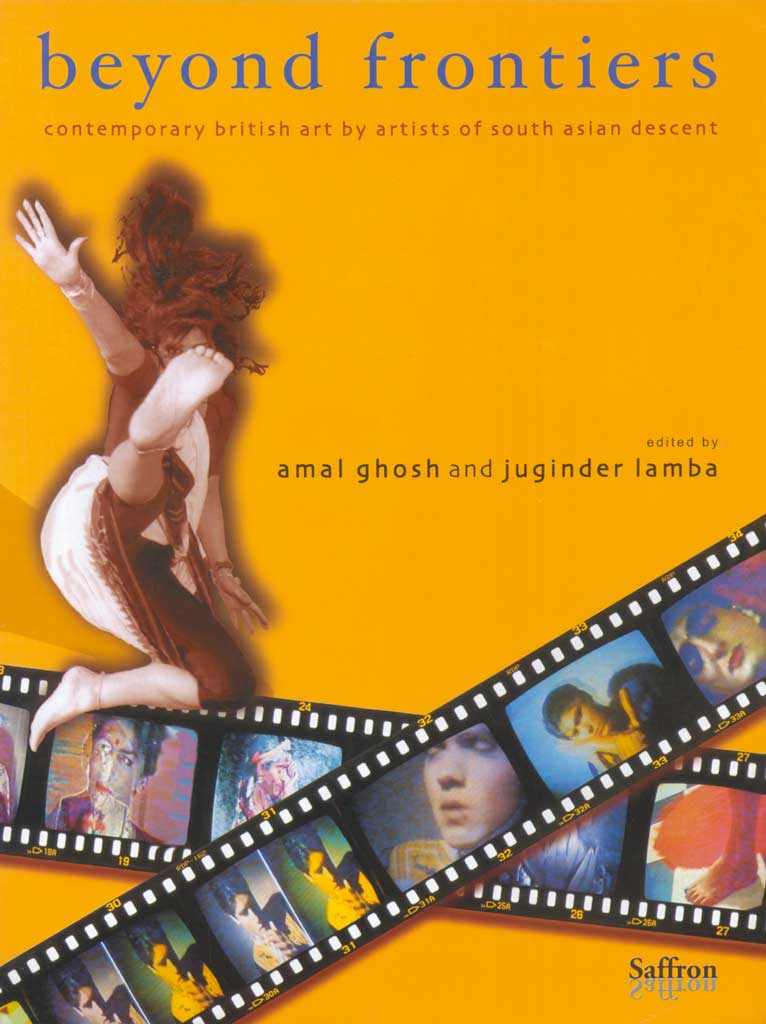Cao Fei's zombie movie
Cao Fei is showing a new film, Haze and Fog, using her interpretation of the zombie movie genre to offer a commentary on changing China.
In the film showing at the Centre for Chinese Contemporary Arts, Manchester (26 October-7 December 2013) Cao Fei employs her work to examine intimate personal and cultural relationships in contemporary metropolitan China, exploring notions of class and value structures, powerlessness, the masses as a neutral force and frozen moments of time.
Apparently, in a move away from the traditional good versus evil heroic drama of zombie activity, the film focuses on the chaotic world of what the artist describes as a ‘magical metropolis’ with cities ‘possessed by both the magic’s fanciful illusion and its devilish terror.’ A clear vision emerges through the struggles of the everyday and mundane daily routine, showing the tipping point between the visible and the invisible sides of life–the current reality in, and of, China.
Zombie films and culture have a rare epresentation in mainland China. Haze and Fog interprets and represents the ‘walking dead’ in a way quite dissimilar to the traditional Western notion. The artist is concerned with ‘the doomsayers and popular culture’, the paradox between life and death, and how we define those as dead or as alive. The Western zombie folklore exists as a being those whose brains are dead but whose body remains functioning, relying on human flesh to survive. The zombies of Cao Fei’s film are people with something dead inside, ‘not their brain, but their soul’. The characters in the film are different kinds of zombies – those who have lost their traditional links in life and entered into this new fog and numb state of ‘neutral modernity’.
Haze and Fog examines the lives of the changing middle classes up close, slowly and in detail, whilst focusing on the international, modern groups of new immigrants that are moving to the inner city from traditional housing areas. We see people whose traditions and daily rituals have been altered and lost. Whilst not designed to reflect a nostalgic view of older wisdoms, the characters in the film are symbolic of an on-going invisible battle between the modern and the traditional in China, challenging previously understood notions of progress and tradition, and of moral value, right and wrong.
This is not a different era, nor does it symbolize a kind of end, rather Cao Fei’s work questions our understanding of real experience and the importance of a kind of magic, fantasy and beauty in our position in the world. Haze and Fog finds ‘glimmering echoes of miracles’ in these potentially lost and stationary lives, helping us all to think about our position in the world and wake up from our zombie state.
Haze and Fog is Cao Fei’s most ambitious moving image work to date and is a joint commission, the inaugural work to be acquired for the New Chinese Contemporary Art Collection, the first in the UK created in partnership with the Centre for Chinese Contemporary Arts (formally Chinese Arts Centre) and University of Salford. This new initiative builds on the strengths of both institutions, commissioning emerging Chinese artists, developing work for the collection that will aim to increase knowledge and interest in Chinese contemporary art across the UK and internationally. The collection will be officially launched on 11 October at Media City UK, Salford.
Haze and Fog was produced by Eastside Projects (Birmingham) and Vitamin Creative Space (China) and is commissioned in partnership with Eastside Projects, Arnolfini (Bristol), Bath School of Art and Design, Bath Spa University. Haze and Fog will be previewed at the Centre for Chinese Contemporary Art on 25 October as part of the organisation’s tenth birthday celebrations and official rebrand launch. The film will also be exhibited at Eastside Projects (Birmingham) from 21 September – 16 November, screened at Tate 22 September, and at Arnolfini (Bristol) as part of a series of events profiling the artist’s work.
Beijing-based Cao Fei was born in Guangzhou, China, in 1978, earning a BFA from Guangzhou Academy of Fine Arts in Guangzhou, China in 2001. Cao Fei’s work reflects the fluidity of a world in which cultures have mixed and diverged in rapid evolution. Her multimedia video installations, films and new media works explore perception and reality, acting as a social commentary on the chaotic changes in Chinese society, in places as diverse as a Chinese factory and the virtual world of “Second Life.” She is acknowledged as one of the key artists of a new generation emerging from China, a rising star on the contemporary Chinese and international art scene, exhibiting internationally including Mobile M+, Hong Kong (2013), 29th Sao Paulo Biennale (2010), 15th & 17th Biennale of Sydney (2006/2010), Moscow Biennale (2005), Shanghai Biennale (2004), 50th Venice Biennale (2003), and was a nominee for Future Generation Art Prize in 2010, and Hugo Boss Prize 2010 at Guggenheim Museum, New York. In 2006 Cao Fei won ‘The Best Young Artist Award’ by CCAA (Chinese Contemporary Art Award). Buy a link on this page.









